
How to grow beans in a pot?
Our tips for successfully growing beans in pots: how to plant, care for and harvest them?
Contents
Beans are prized for their fresh pods or dried seeds and are widely used in cooking around the world.
Easy to grow, these vegetables or legumes, depending on variety, are not reserved for large gardens or expansive countryside. It is indeed entirely possible to grow climbing beans or dwarf beans in pots in a small garden, on a terrace or on a balcony in town.
To do so, first choose the most suitable varieties and follow a few recommendations to succeed with sowing, planting and growing beans in pots. And, of course, harvest them properly before enjoying them.
→ Discover our complete fact sheet on Beans and our guide How to successfully grow Beans
Which bean varieties for container growing?
There are two types of beans: dwarf beans and climbing (pole) beans, both well suited to growing in pots.
Dwarf beans
Dwarf beans reach about 40 to 60 cm in height. They are therefore compact plants, well suited to small spaces.
Their advantages:
- easy to set up without staking
- very rapid growth
- easy to grow
Our selection of dwarf beans to grow in pots:
- dwarf shelling bean ‘Splendido’ for the magnificent purple colour of its pod and seeds
- dwarf snap bean ‘Contender’, an early variety producing, only 50 days after sowing, fine green pods 16 cm long
- dwarf butter bean with filament, a compact variety perfect for pot culture, yielding straw-yellow pods of 15 cm
- dwarf runner bean ‘Hestia’, combining culinary interest and ornamental value with bicoloured red-and-white flowers that will brighten balconies and small spaces
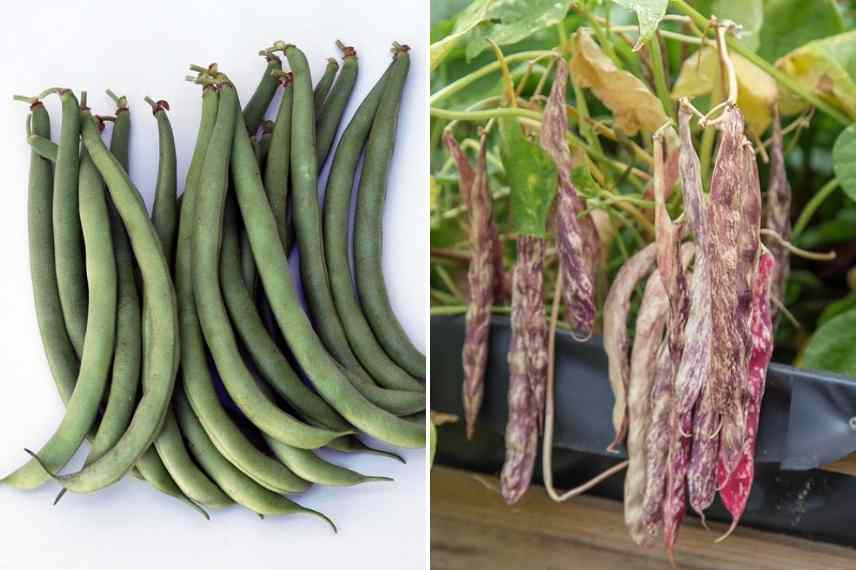
Dwarf beans ‘Contender’ and ‘Borlotto’ (or ‘Splendido’) (Photo: M. Dumat)
Pole and runner beans
Pole varieties require staking, but are simple to set up on a terrace or balcony, where walls, trellis or fencing can easily provide support.
Their advantages:
- high productivity and abundant harvests
- their habit can provide shade or act as a screen on a terrace or balcony
- easy harvesting without even bending, within reach
Snap varieties are well suited to growing in pots, such as:
- pole snap bean ‘Blauhilde’, an heirloom variety producing splendid violet pods with beige seeds
- pole snap butter bean ‘Marvel of Venice’, whose golden-yellow pods bear dark brown seeds
- pole snap bean ‘Eva’, reaching 1.80 m at ripeness, producing long fleshy pods of 25 cm
- pole snap bean ‘Melissa’ from Vilmorin with long pods of 30 cm in a magnificent deep violet
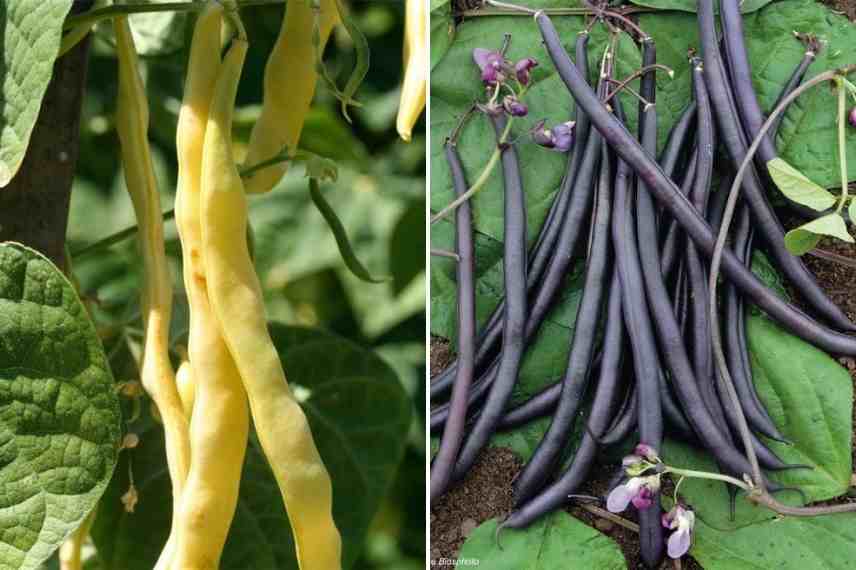
Pole beans ‘Marvel of Venice’ and ‘Melissa’
When to sow beans in pots?
Ideal time to sow beans in pots begins at the start of spring in April and continues until the medium of summer in July.
Discover other Bean seeds
View all →Available in 0 sizes
Available in 1 sizes
Available in 1 sizes
Available in 1 sizes
Available in 1 sizes
Available in 1 sizes
Available in 1 sizes
Available in 1 sizes
Available in 1 sizes
Available in 1 sizes
How to grow beans in pots?
Beans are undemanding. Like many vegetable plants, they mainly need sun and water to thrive.
Sowing
- The day before sowing, soak bean seeds in lukewarm water to soften the coat and ease germination.
- Sow in a hill, in groups of 2 to 4 seeds, pushed 3 cm deep into small buckets or pierced yoghurt pots.
- Cover with seed sowing compost or a light, free-draining substrate to favour root development.
- Water gently with a fine spray to avoid moving the seeds.
- Place buckets in a sunny position, at a temperature ideally between 15°C and 18°C.
After about 5 to 10 days, seeds will begin to germinate and first shoots will appear. At that point, thin out, keeping only the most vigorous young bean plant in each bucket.
When the young plant has grown and becomes cramped in its bucket (roots protrude through the small holes under the pot), repot the bean into its final container.
Beans grow upright but develop numerous fine roots. Pots, window boxes or troughs should therefore have minimum dimensions of 40 cm diameter and 30 cm depth.
Terracotta pots are preferable, as they allow better aeration of the substrate.
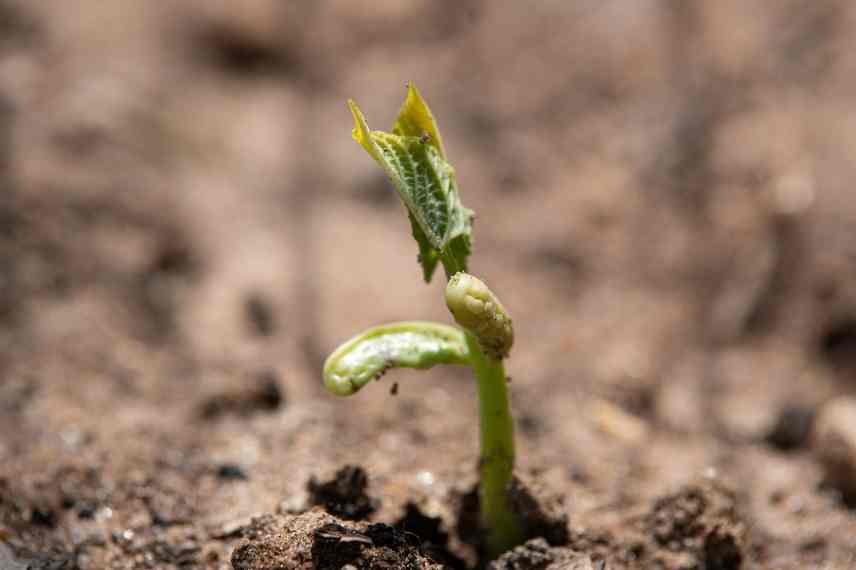
Exposure
Beans need warmth to develop well. They should therefore be placed in a sunny position, but not scorching (avoid south-facing exposure, especially in regions with particularly hot summers).
Support for climbing varieties
Climbing beans need support to develop. When repotting climbing beans, two options are possible:
- place the pot in front of a trellis, mesh or balustrade, on which the bean can lean and cling naturally
- place stakes directly in the pot, using bamboo canes or wires, planted upright, in a tipi shape, …
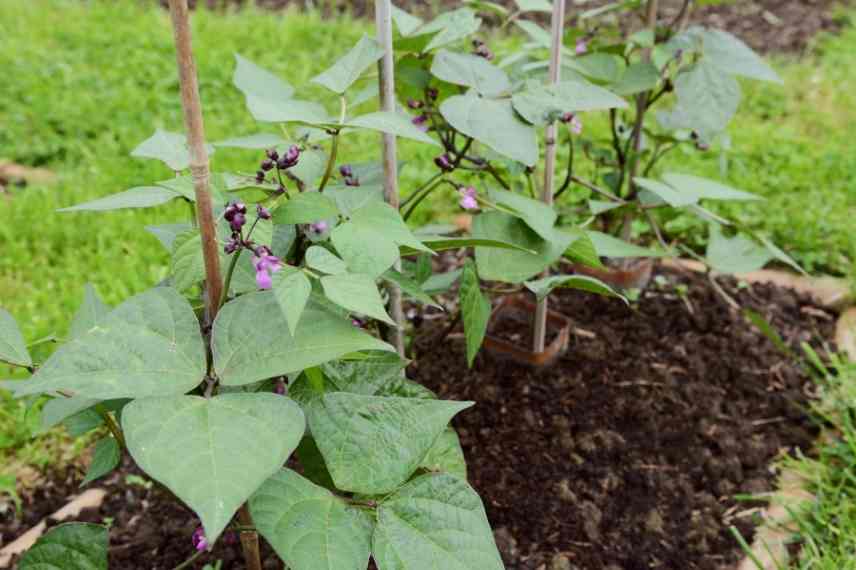
Read also
Support climbing varieties of vegetablesCaring for beans grown in pots
To keep bean plants stable in the pot, earth up the plant when it exceeds 20 cm in height: this simply means adding potting compost around the stem and firming lightly, making sure all roots are well covered.
Watering
Beans are easy to grow and require little care.
In a pot, drying out and evaporation are more frequent, so it is essential to keep soil fresh and moist to obtain good vegetables. To achieve this, mulch the substrate to reduce watering frequency and prevent drying out.
Water as soon as substrate starts to dry, without saturating it. Empty saucer 15 minutes after watering to avoid root rot.
Water only at base of plants, avoiding any watering or misting of foliage, which would encourage disease development.
Fertilisation
Beans are not very demanding, but potting compost inevitably becomes depleted more quickly in a pot. Adding a handful of home compost to the substrate may be enough to encourage growth.
For an additional feed after flowering, there are, for example, vegetable fertiliser, fertiliser sticks or liquid fertiliser to dilute in watering water, designed specifically for growing vegetables in pots on balconies and terraces.
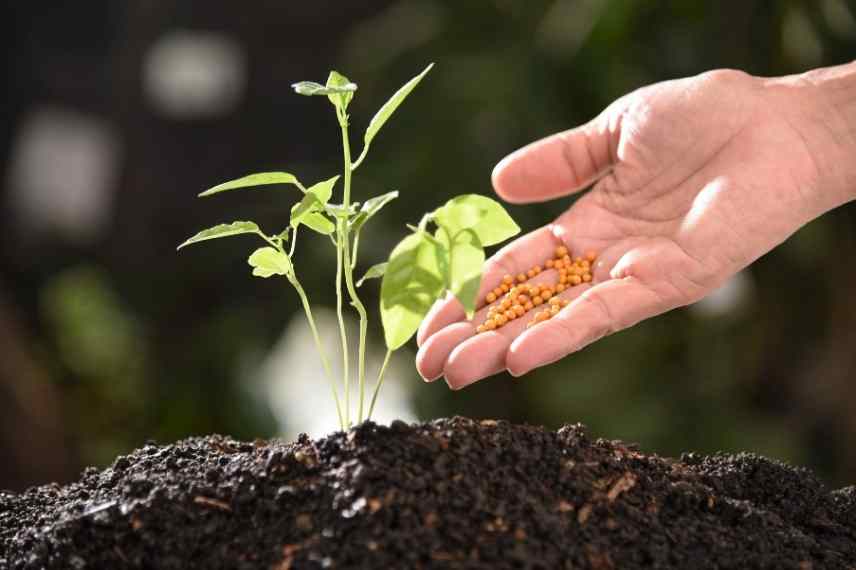
Diseases
For beans, diseases are not very common. They are often cryptogamic or fungal (caused by a parasitic fungus): this is the case with anthracnose, which mainly affects older varieties, powdery mildew and bean rust, which are generally avoidable by taking care not to water the foliage and not to grow plants too densely, to improve air circulation.
Among pests are the well-known aphids, whose heavy infestations can be controlled with a spray, late in the day, of a solution of water and black soap (1 L of water to 4–5 tablespoons of black soap).
The bruchid, an insect that overwinters in seeds, is more difficult to eliminate, but fortunately rarer to encounter.
Bean harvest
Bean harvest depends on variety: it starts around 2 months after sowing for dwarf beans and after about 3 to 4 months for runner beans and shelling beans.
Ideally, harvest should be done in the morning every two days, simply detaching the pods gently.
- Early long-podded beans are harvested young to avoid formation of strings.
- Mange-tout varieties have a less fresh, pronounced flavour but have the advantage of being stringless, even when harvested at ripeness.
- Dry varieties, meanwhile, are harvested when all pods have become brittle.
Finally, you can of course dry the seeds of beans grown in pots to reuse them the following year.
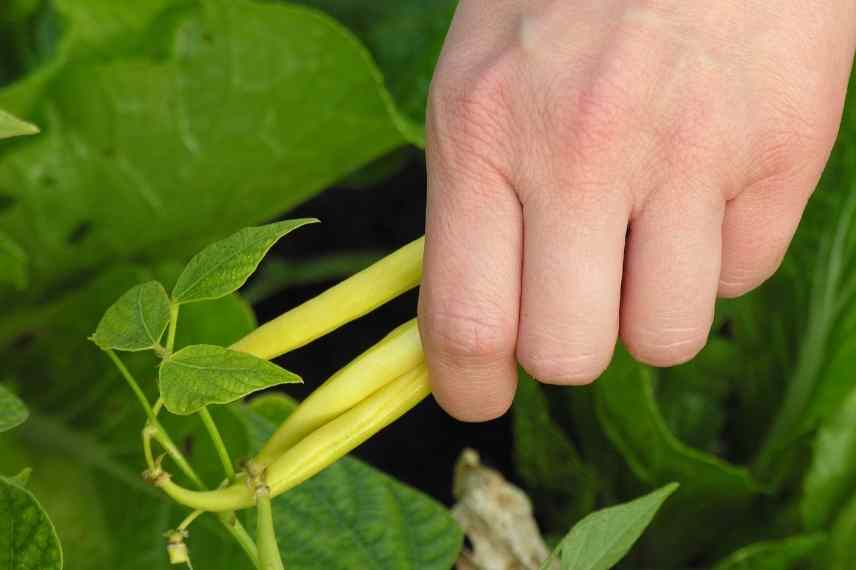
- Subscribe!
- Contents









































Comments